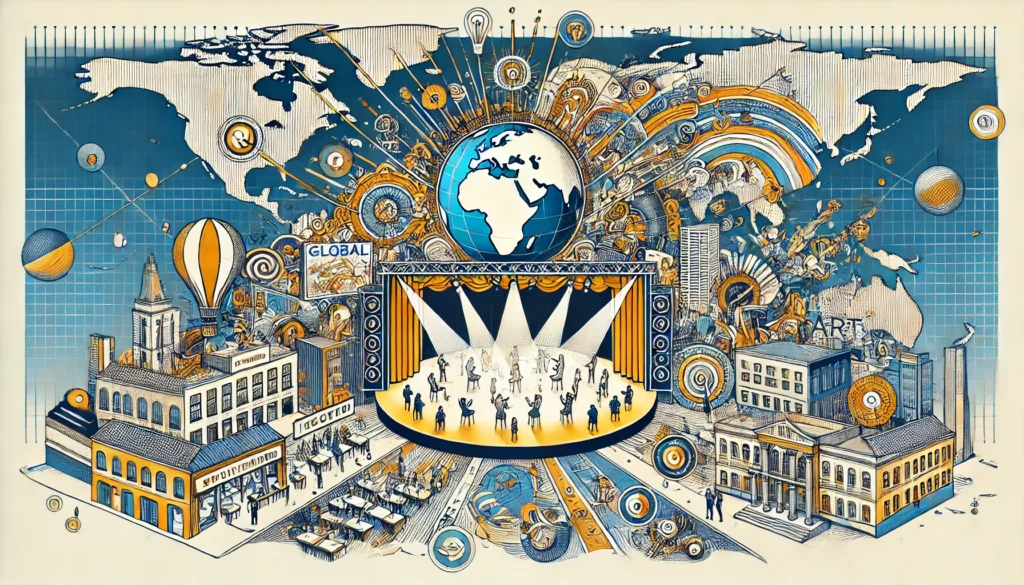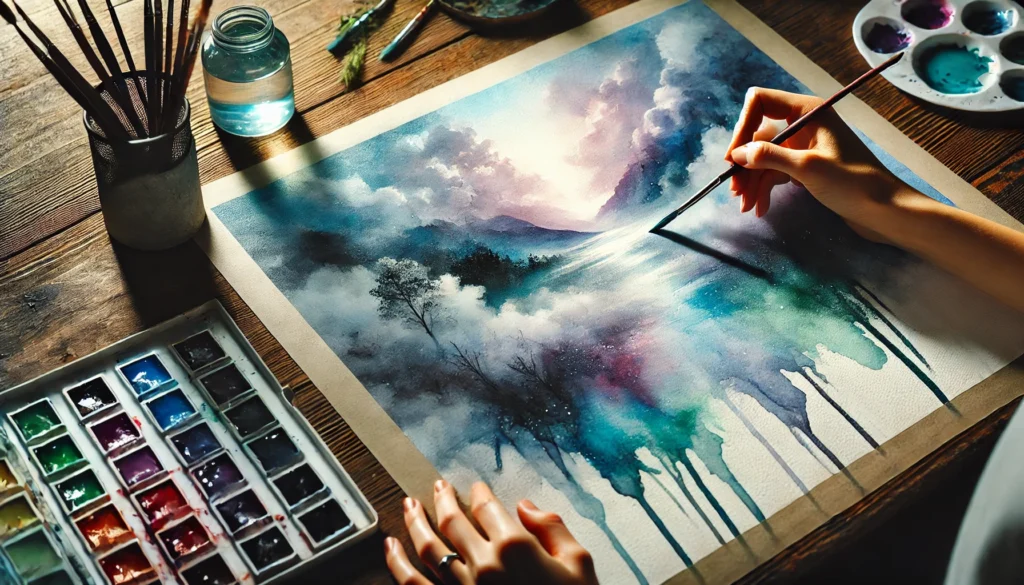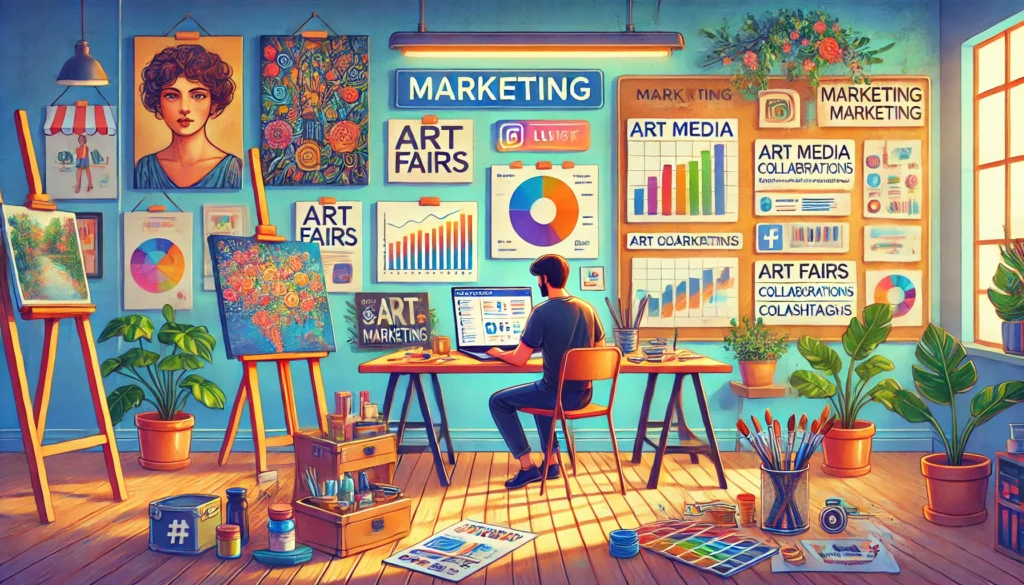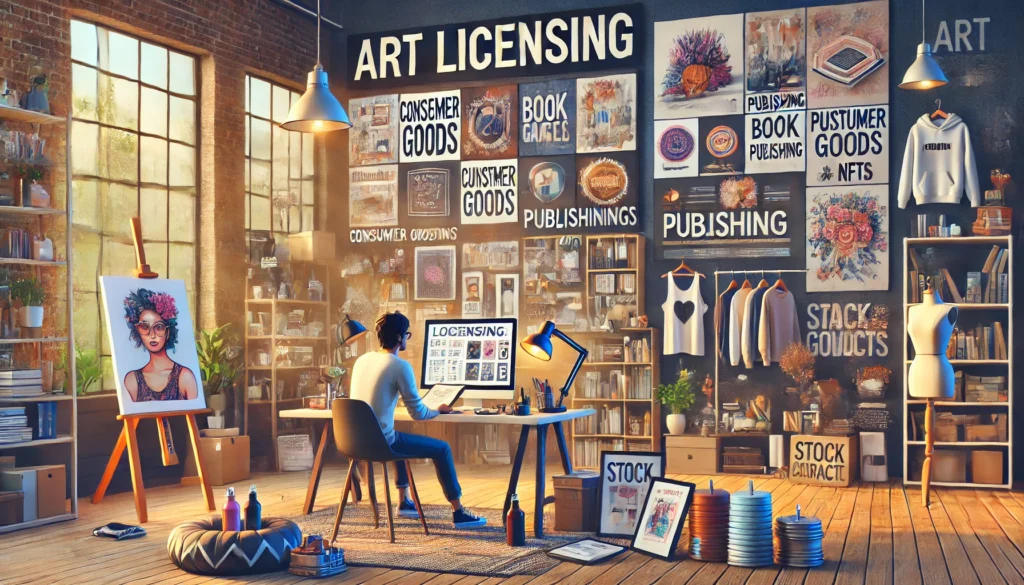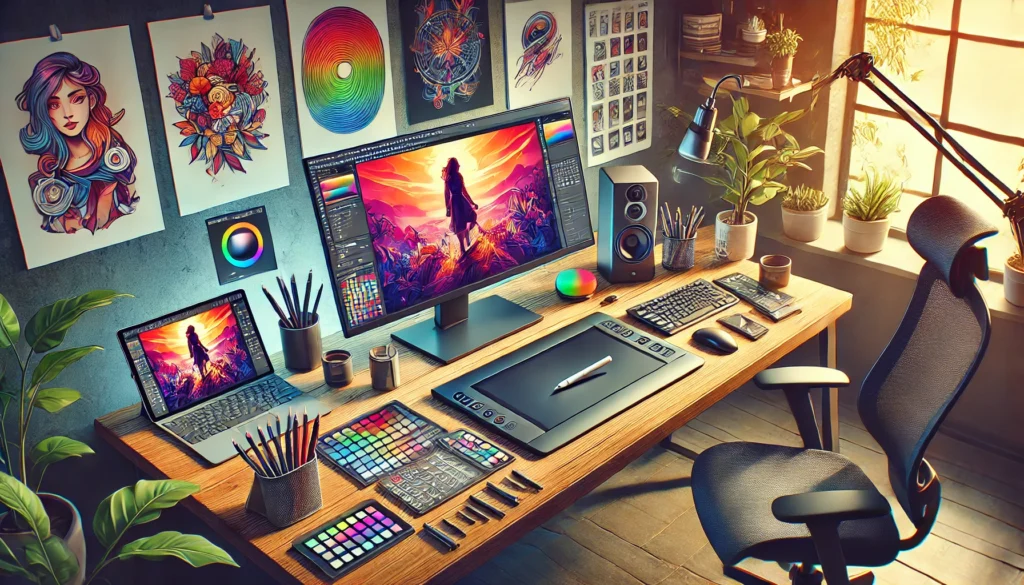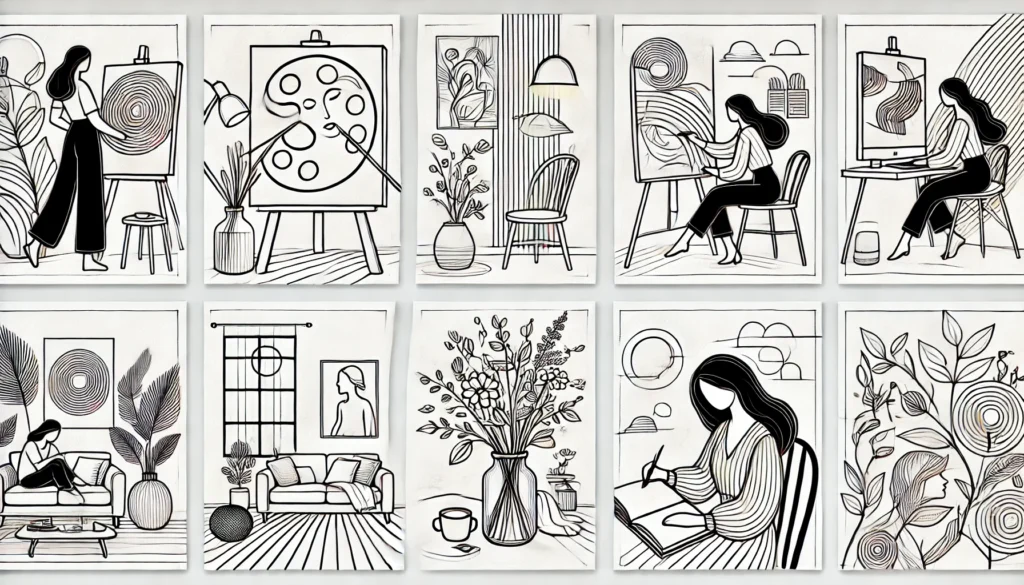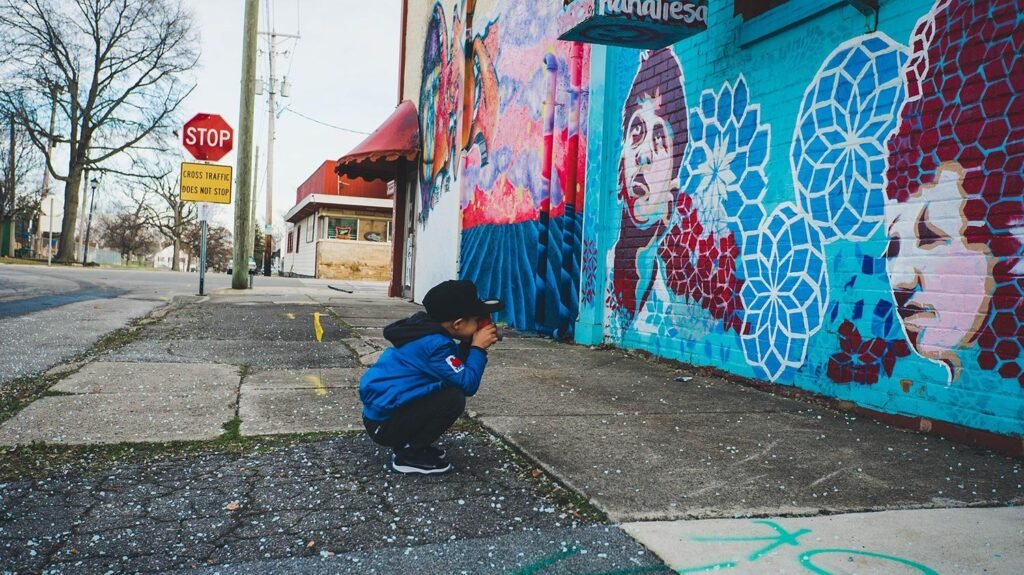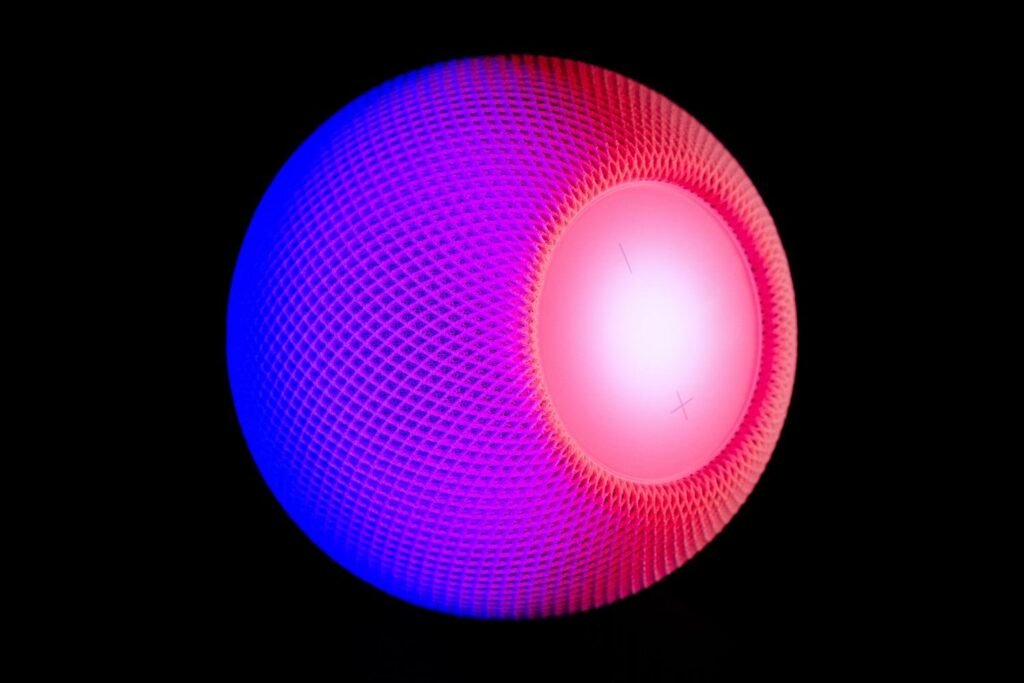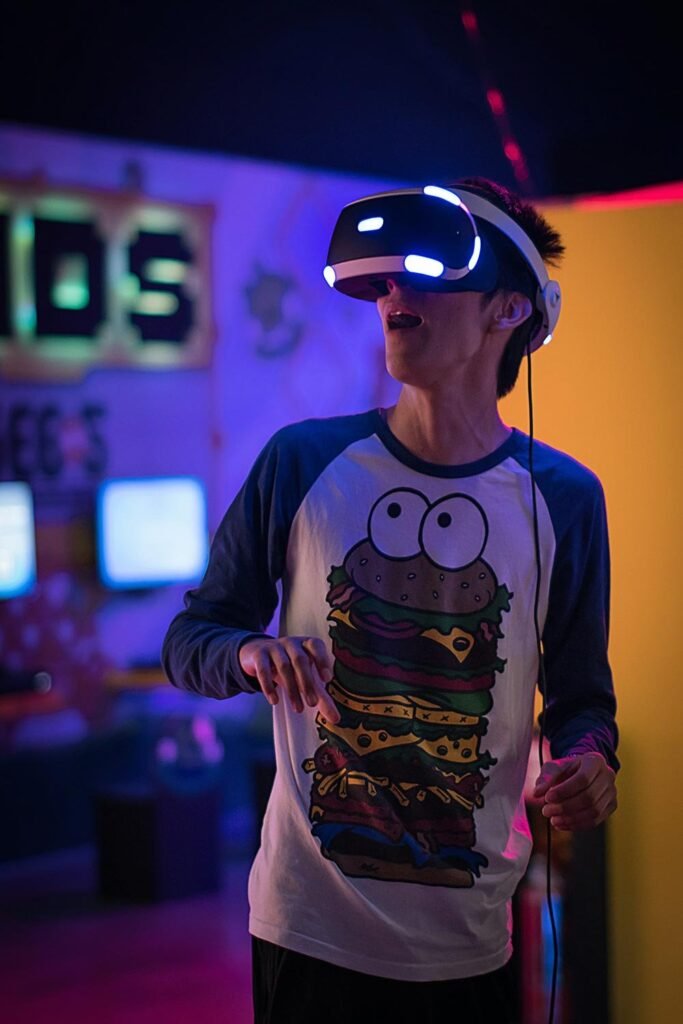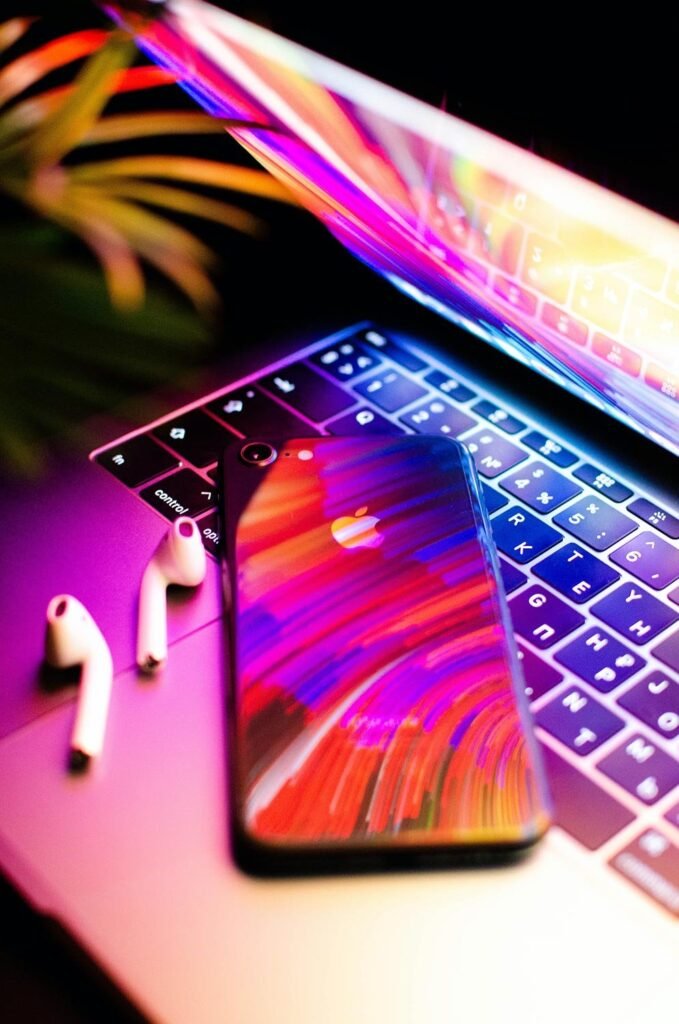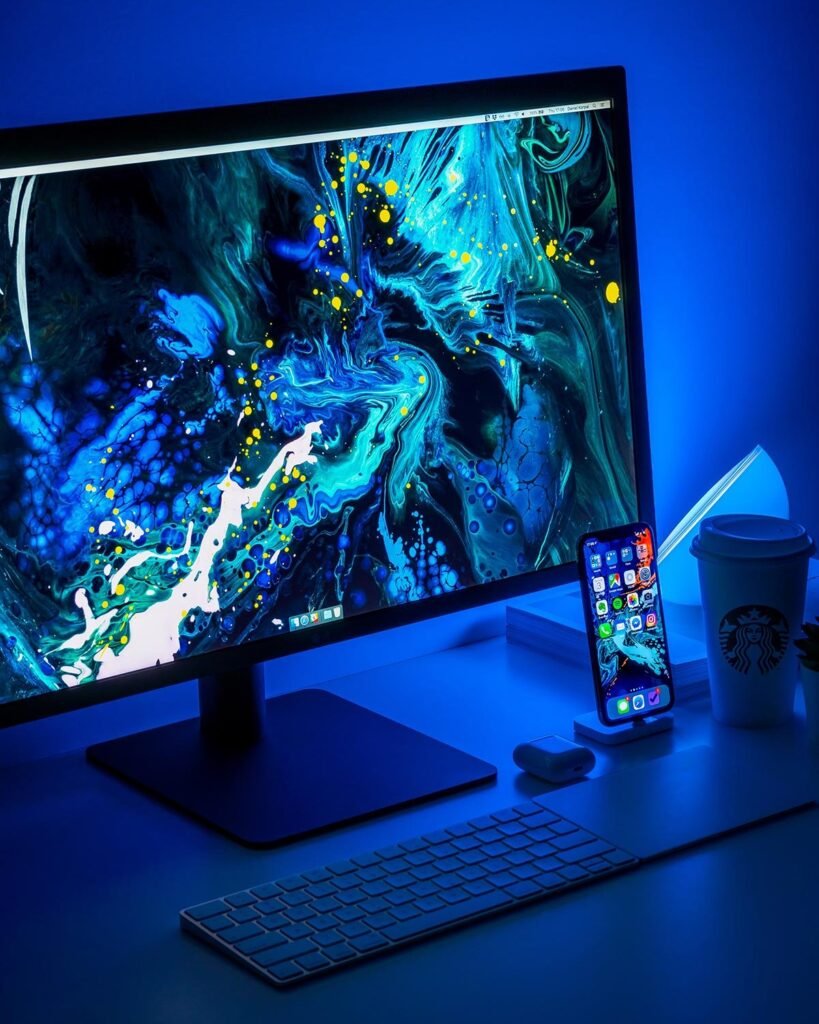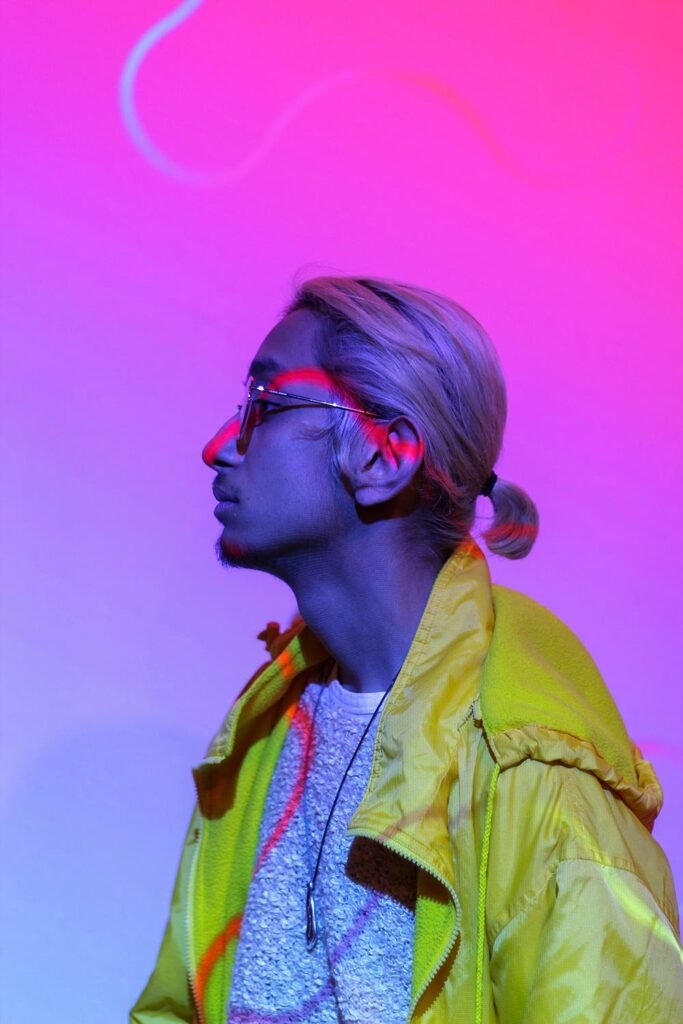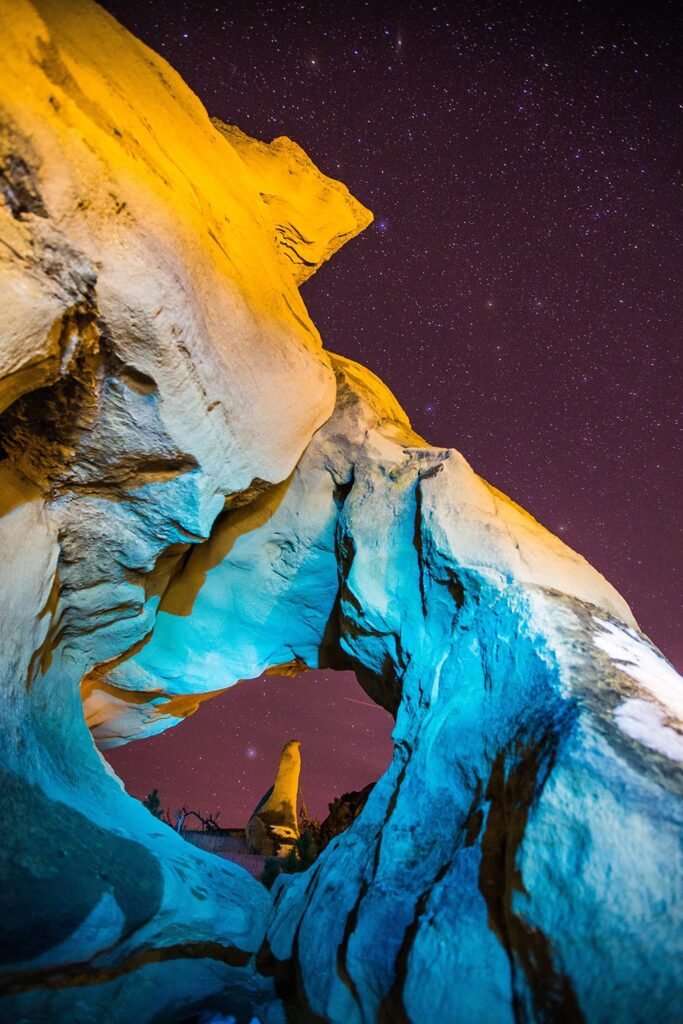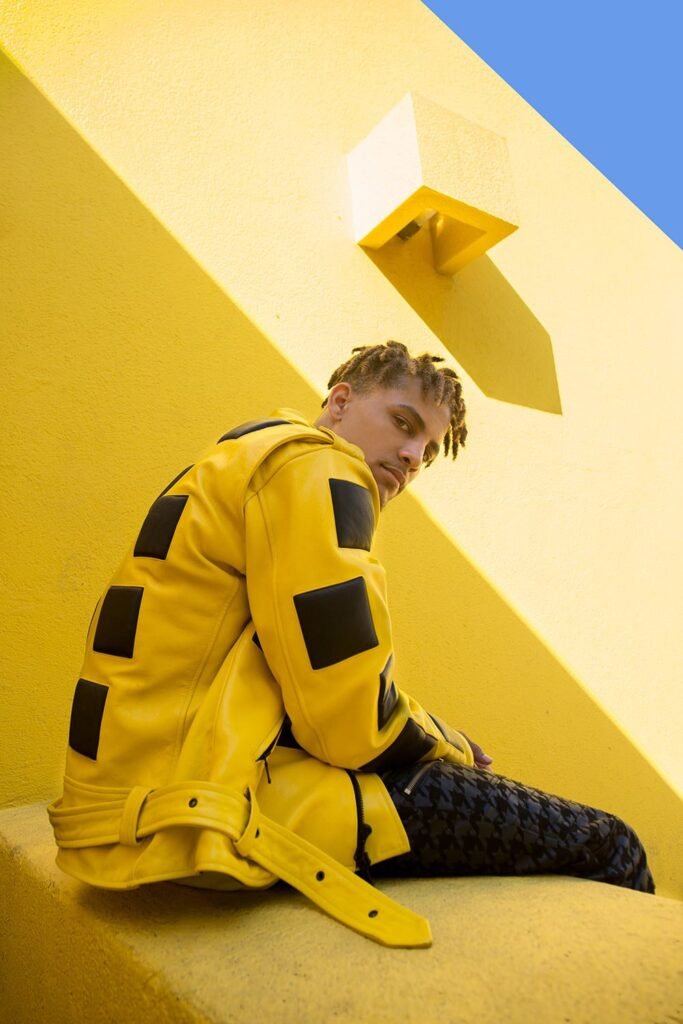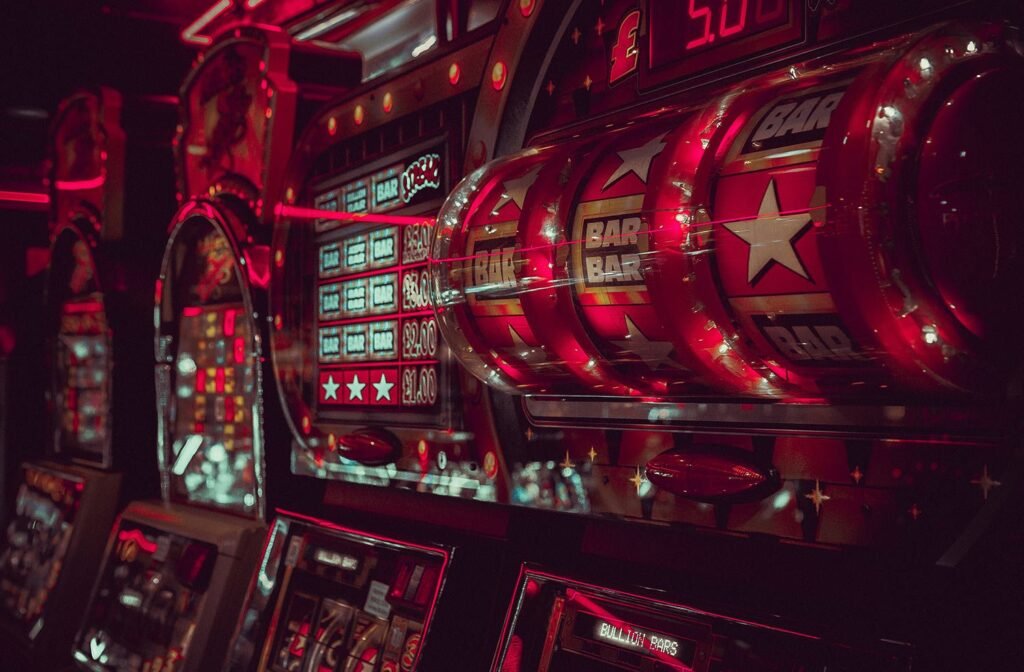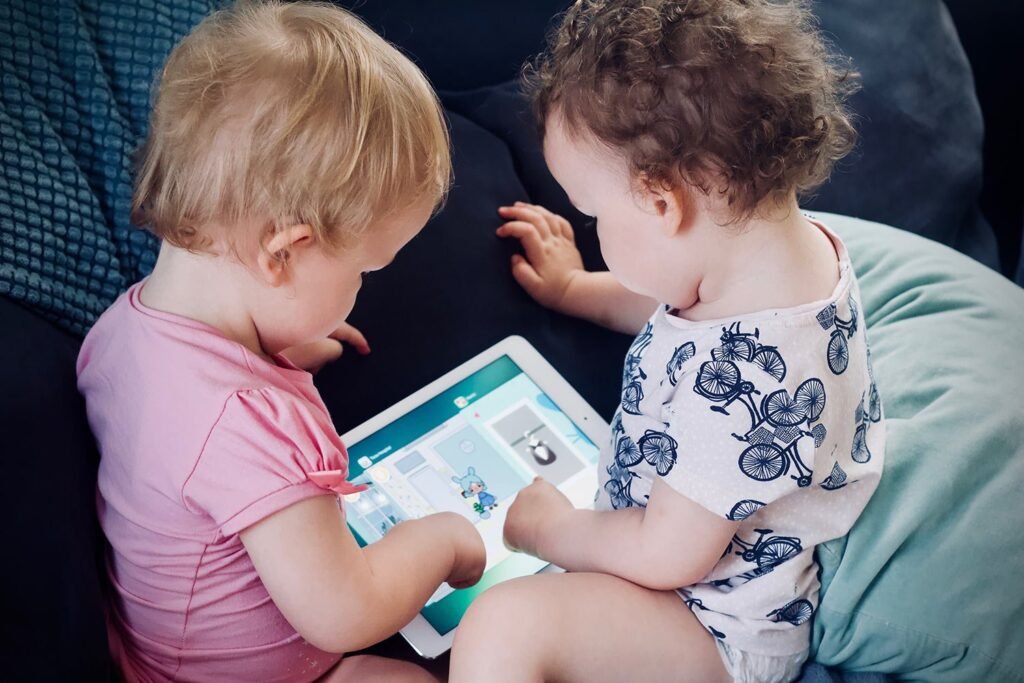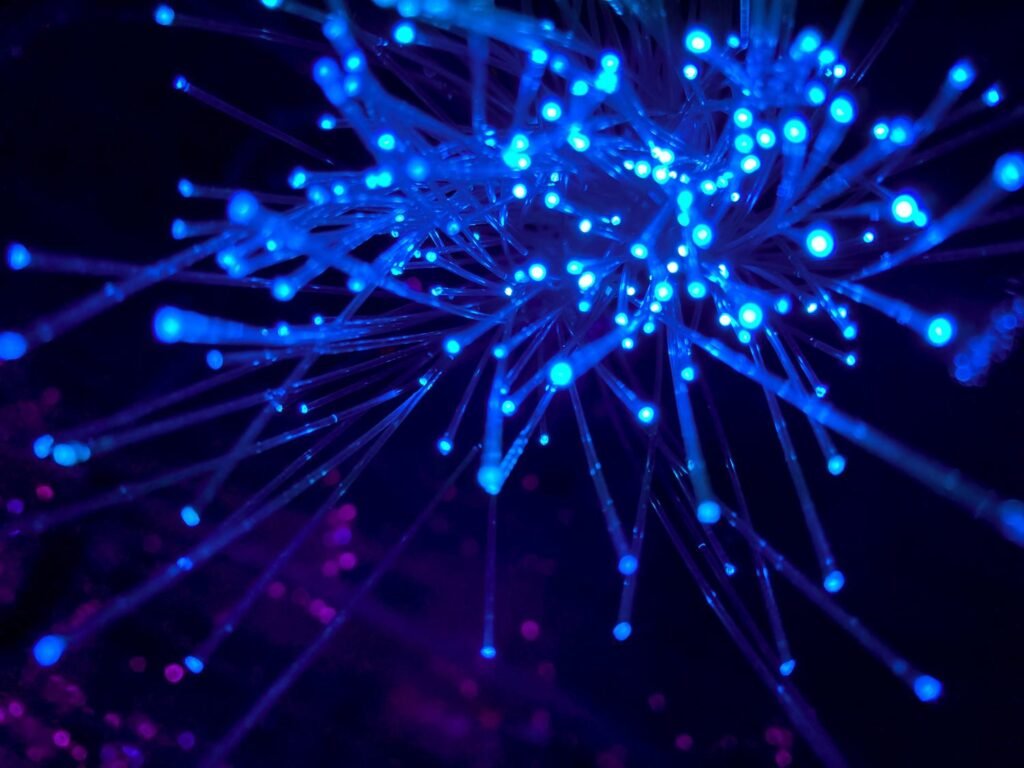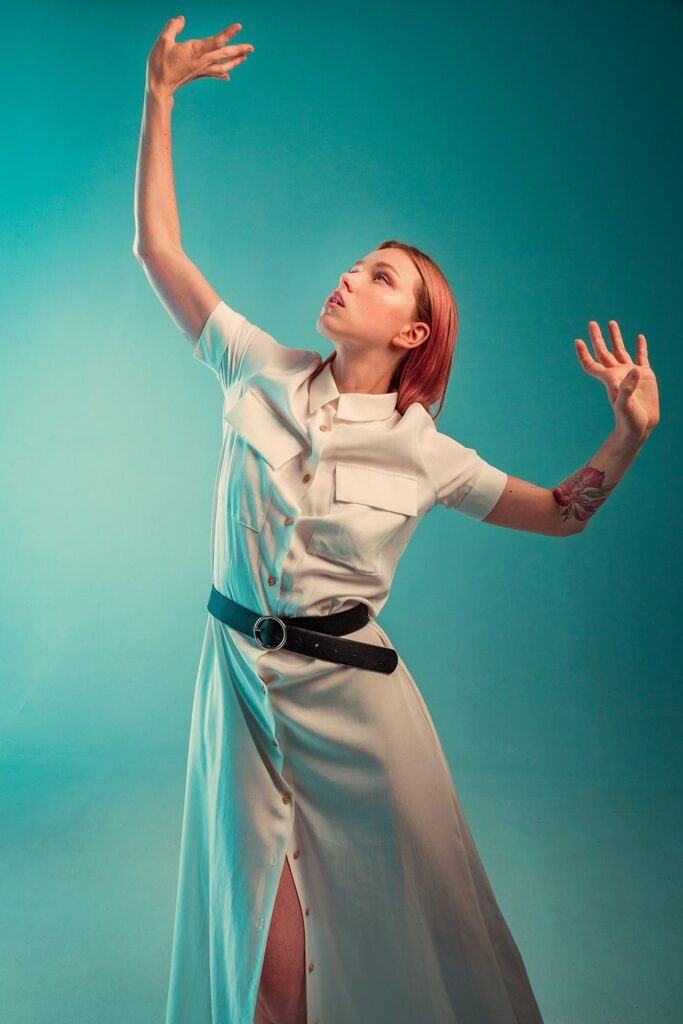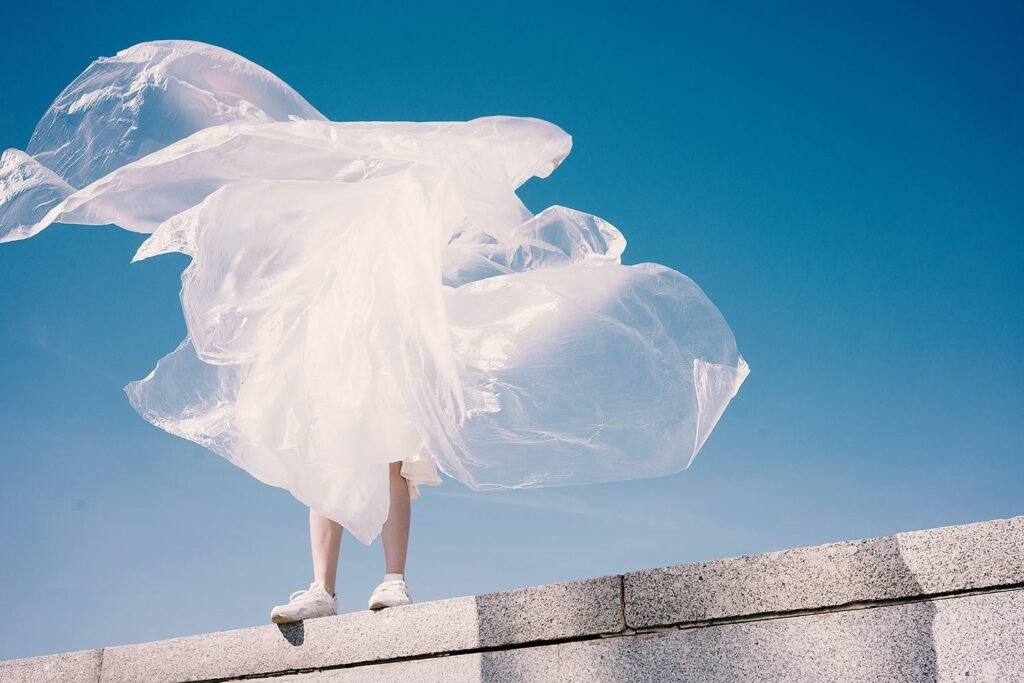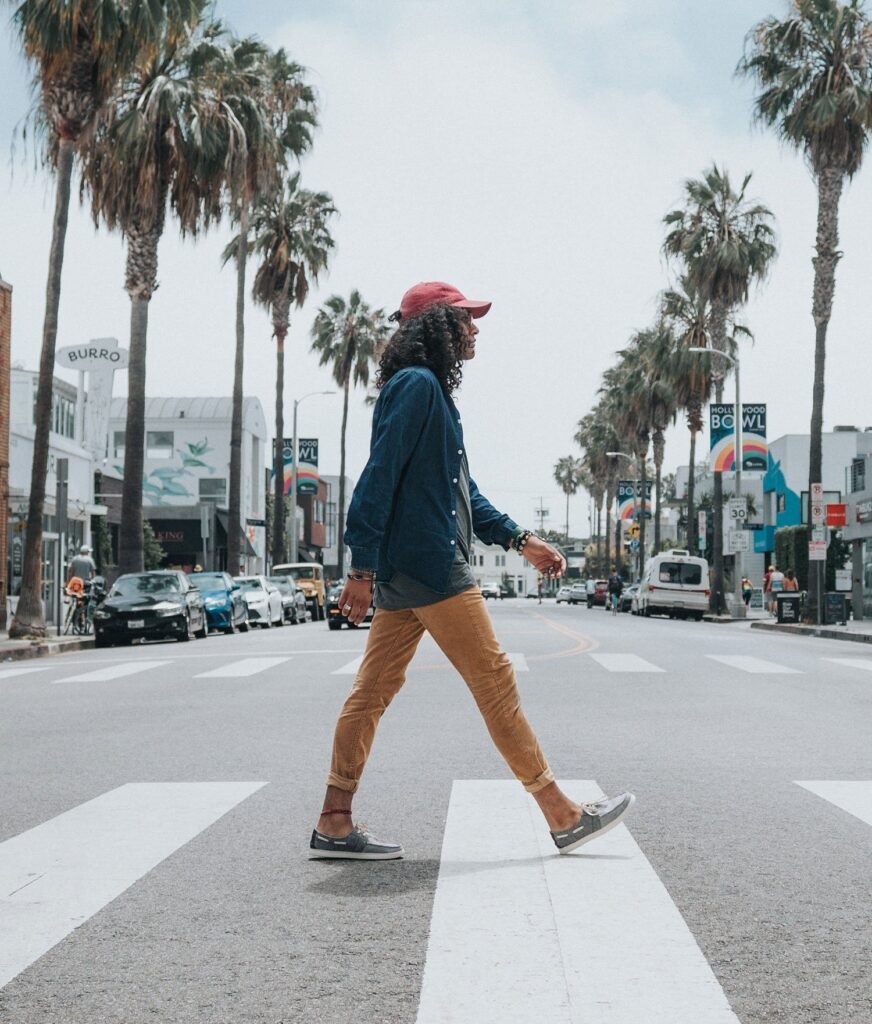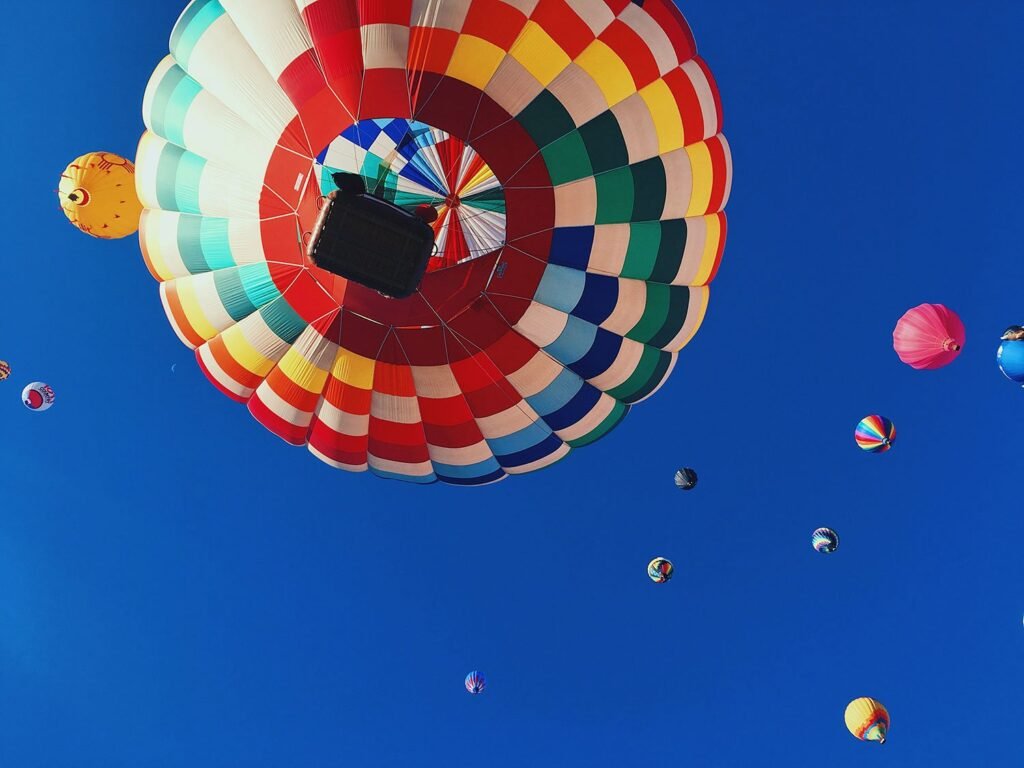Virtual Reality (VR) and Augmented Reality (AR): The Future of Immersive Art Experiences

In a world where technology continuously advances, the boundaries between the digital and physical worlds are becoming increasingly blurred. Two groundbreaking technologies—Virtual Reality (VR) and Augmented Reality (AR)—are at the forefront of this transformation, offering immersive experiences that are reshaping the art world. These technologies are not only changing how we view and interact with art but also how art is created, shared, and experienced. Let’s dive into how VR and AR are revolutionizing the art world and paving the way for an entirely new era of creative expression.
Virtual Reality: A New Dimension for Artists and Viewers
Virtual Reality (VR) offers a fully immersive experience, allowing users to step into a virtual environment that feels real but is entirely computer-generated. For artists, this means the ability to create virtual worlds, spaces, and installations that viewers can experience in a fully immersive way. Artists can craft 3D environments, sculptures, and entire narratives that viewers can explore from every angle, making the experience interactive and dynamic.
For example, VR artist studios like The VR Gallery and the New York-based Museum of Modern Art (MoMA) have already begun experimenting with VR art exhibitions, where visitors wear VR headsets to step into the artwork itself. Instead of just viewing art from a distance, users are able to walk through the painting, interact with the environment, and experience the art on a personal level. This level of interaction allows for a deeper connection with the piece, offering a more intimate and emotional experience.
VR technology has also opened the door to “art-making” in virtual spaces. Artists can use VR tools like Tilt Brush or Gravity Sketch to create in three dimensions, sculpting digital masterpieces that exist only within the virtual world. This opens up a new realm of possibilities for creating immersive art that would be impossible in the physical world. It also allows artists to create in ways that were not previously imaginable, using space and movement as integral components of the artistic process.
Augmented Reality: Blending the Real and the Digital
While VR creates entirely virtual worlds, Augmented Reality (AR) enhances the real world by overlaying digital elements onto a physical environment. With the help of smartphones or AR glasses, users can interact with digital objects as though they exist in the physical world. In the art space, AR is allowing artists to blend the digital and physical worlds in innovative ways.
One of the most exciting uses of AR in art is in public installations. Artists can use AR to create virtual sculptures, paintings, or installations that can be viewed and interacted with through a smartphone app or AR glasses in public spaces. These digital art pieces appear to coexist with real-world environments, adding layers of creativity to everyday spaces. For example, artists can place AR murals on buildings, which can only be seen through the lens of an AR app, creating an entirely new kind of urban art experience.
AR is also enabling museums and galleries to bring art to life in ways that were previously impossible. Some institutions are incorporating AR into their exhibits, allowing visitors to use their devices to unlock additional information, view animations, or even watch a piece of art evolve in real time. This added layer of interactivity creates a richer and more engaging experience for viewers, enhancing their understanding of the artwork.
Changing the Role of the Viewer: From Passive to Active Participation
Perhaps the most transformative aspect of VR and AR in the art world is the shift in the viewer’s role. Traditionally, art has been a passive experience—viewers simply observe the artwork from a distance. With VR and AR, the viewer becomes an active participant in the artwork. In VR, users can move through and interact with the art itself, while in AR, they can manipulate and engage with digital elements within their own environment.
This shift in the viewer’s role not only changes how art is experienced but also how it is created. Artists are now thinking in terms of interaction and engagement, considering how their work will respond to viewers and how it will function in a dynamic, immersive environment. VR and AR art challenge the traditional notion of art as something to be observed, instead transforming it into something to be experienced and even co-created.
The Future of Immersive Art: Expanding Boundaries
As VR and AR technologies continue to evolve, the possibilities for immersive art are virtually limitless. Future advancements in these technologies will allow for even more sophisticated and lifelike virtual environments, enabling artists to create incredibly detailed and realistic worlds that viewers can explore. Additionally, with the rise of haptic feedback technology, artists will be able to engage viewers in even more sensory ways, allowing them to “feel” the art in virtual spaces.
Moreover, the integration of AI with VR and AR will lead to art experiences that adapt and evolve based on user interaction. For instance, AI could be used to modify the art in real time, creating personalized experiences for each viewer. This fusion of technology will allow for the creation of truly interactive art pieces that change and grow, offering a constantly evolving experience.
In the near future, we may see art exhibits that span the digital and physical realms, where VR and AR become integral parts of the traditional gallery or museum visit. Hybrid exhibitions that blend physical artwork with virtual installations will allow for more expansive and engaging art experiences, reaching a global audience without the limitations of physical space.
Conclusion: The Revolution of Art in the Digital Age
The fusion of VR and AR with the world of art is marking the dawn of a new creative era. Artists are exploring new ways to create and share their work, while viewers are experiencing art in more immersive and interactive ways than ever before. These technologies are not just enhancing how we experience art—they are transforming the very definition of what art can be. As VR and AR continue to evolve, the future of immersive art is boundless, offering infinite opportunities for creativity, interaction, and exploration. The art world is entering a new phase, one where the boundaries of imagination and reality are forever intertwined.













